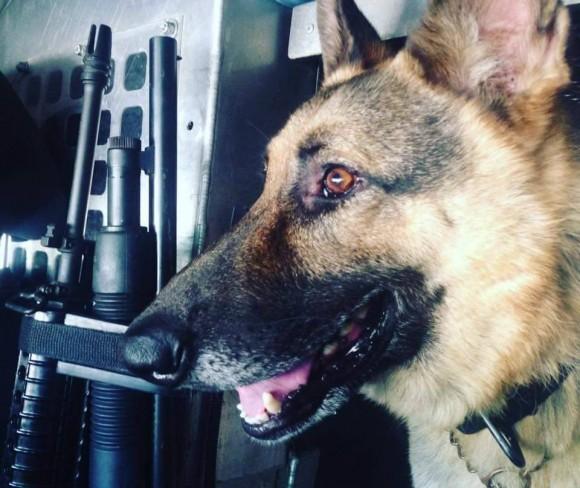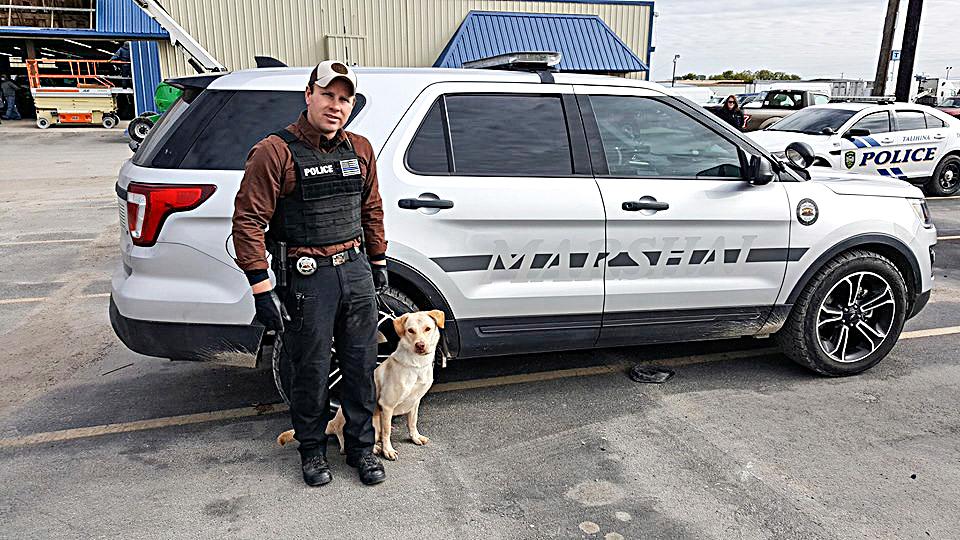A simple phone call in the late ‘90s propelled Brad Croft onto the path of saving lives. His wife called him to say someone had been breaking into cars near their home and she was worried.
“Just get a gun,” he said. Scared of guns, she refused. And so they decided to get a guard dog instead.

K-9 Max, rescued from euthanasia by Brad Croft. Courtesy of Brad Croft





